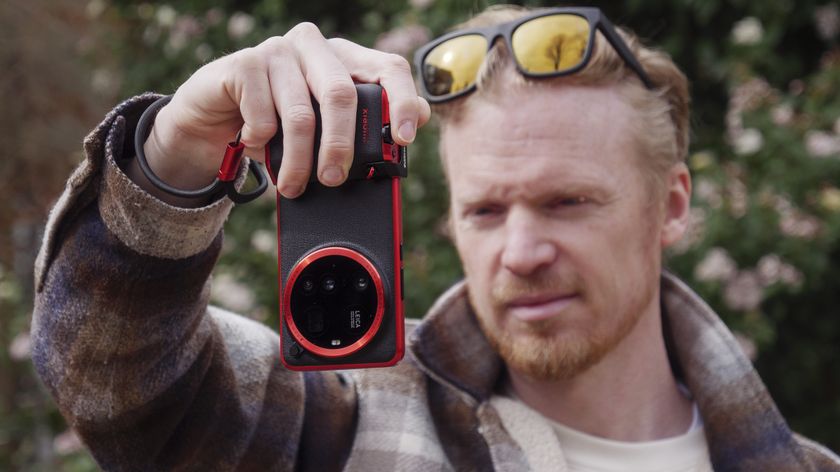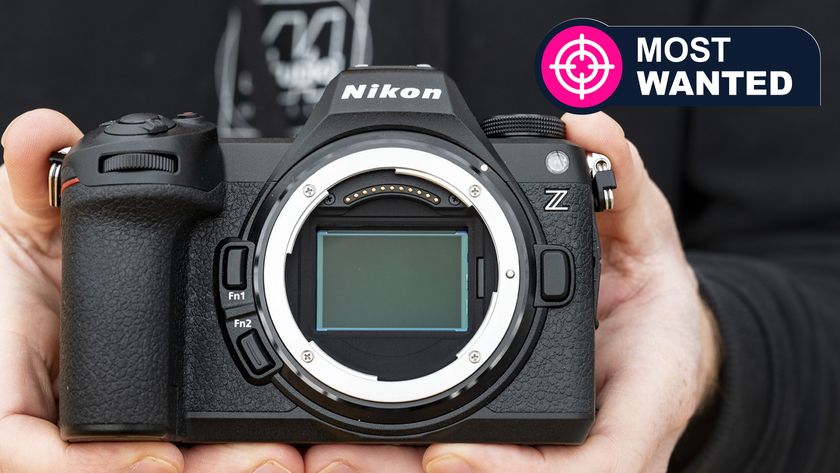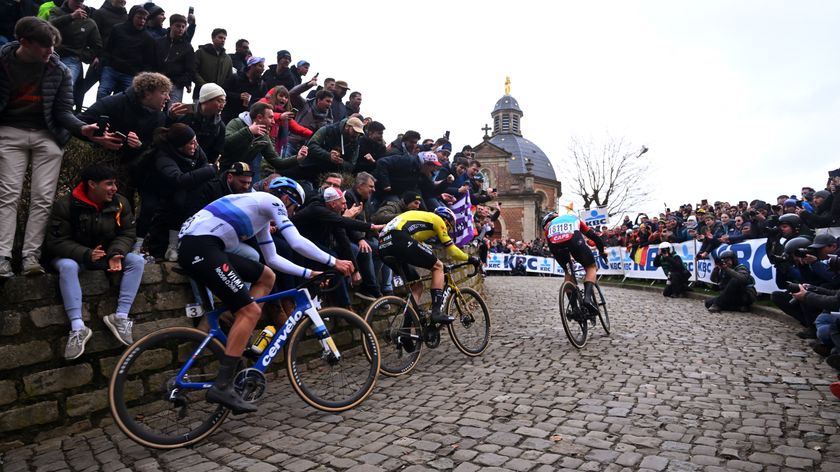Bracketing explained: what you need to know about maximising detail
Whatever subject you shoot, capturing detail is fundamental
Understanding Dynamic Range
Camera sensors are only able to record detail across a set range of brightness levels, and this is what's known as their dynamic range.
The bigger the exposure difference between shady areas and bright areas, the harder it is to capture detail in both areas in a single picture.
For instance, you can use a long exposure to reveal detail that's hidden in the shadows, but that may lead to brighter areas such as the sky becoming burnt out.

Exposing for the shadows
Using a long exposure allows more light in, and areas hidden in shade become visible. However, here the sky has received too much light and as a result it's become bleached out and featureless.

Making an 'average' exposure
A straight exposure will try and find a balance between bright and dark areas. Here, some of the areas of the sky are still burnt out, as the choice of exposure puts them beyond the camera's dynamic range.

Exposing for the highlights
Switching to a shorter exposure time reduces the amount of light the sensor receives, enabling the sky to be captured without detail burning out. However, the areas in shade are too dark.
Get daily insight, inspiration and deals in your inbox
Sign up for breaking news, reviews, opinion, top tech deals, and more.













